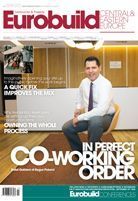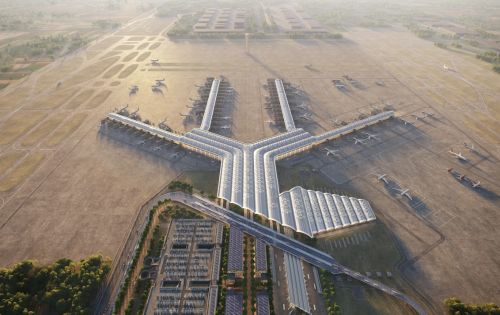They say in Poland that there’s nothing more durable than a quick fix. This sardonic and somewhat paradoxical observation reflects the negative collective memory of the ineptitude, banality and inadequacy usually associated with the communist era. Although that system is now gone, pejorative associations with the ‘indestructibility’ of quick fixes persist. Just enter the Polish word [‘prowizorka’] into a search engine, and the browser will generate over 130,000 results connected to almost every area of everyday life. But does a quick fix have to be a bad thing? The Eiffel Tower, after all, was intended to be dismantled after 20 years, but still became a permanent fixture and a symbol of Paris...
The Czech market
The quick fix can be a wonderful solution for developers or investors waiting for the paperwork to go through for a planned project, or for those who are not yet sure what to build on their plot. By opting for a temporary development or arr































































